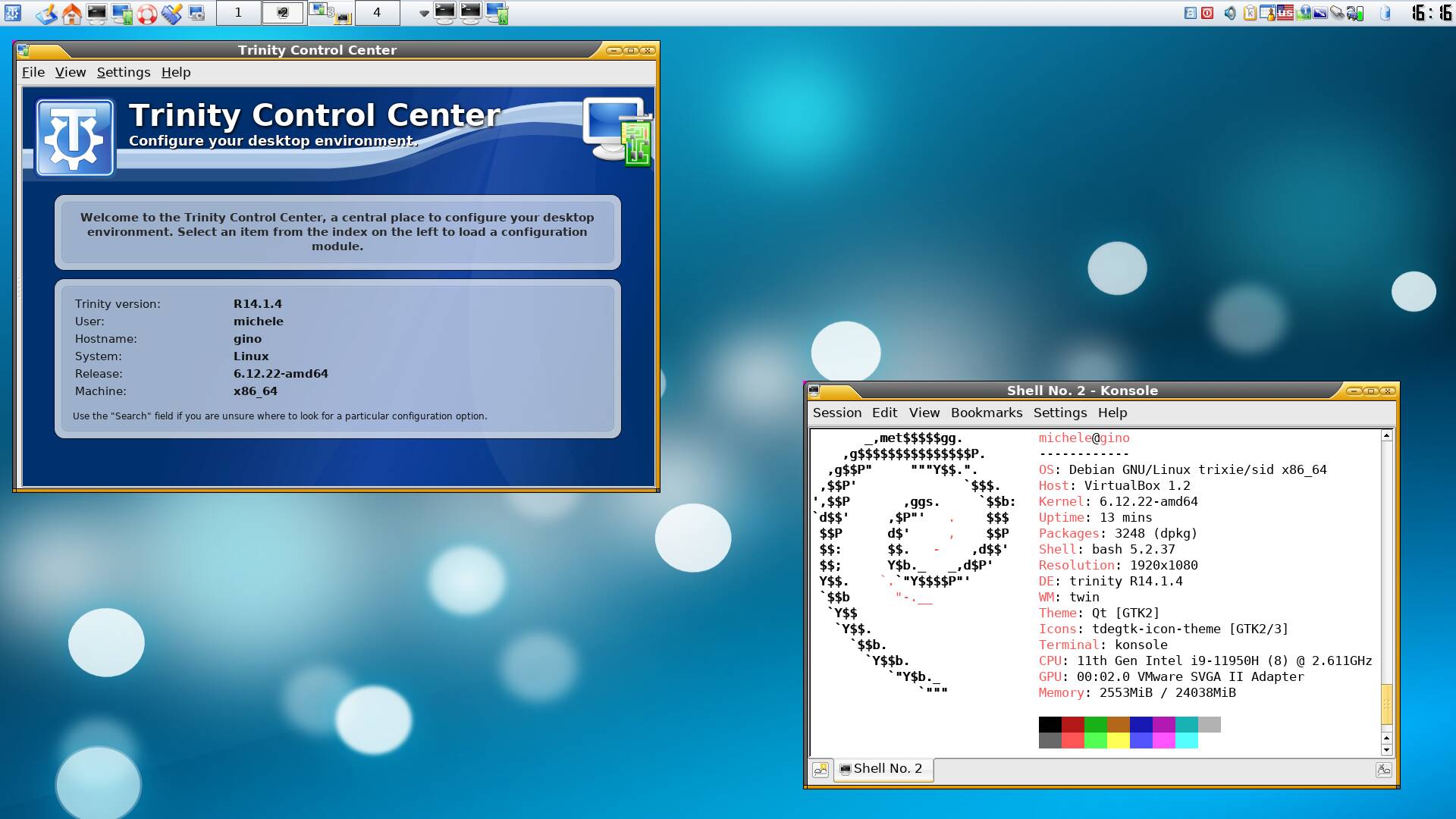Mastering the `history` Command in Red Hat Linux: Tracking and Managing Commands
The history command in Red Hat Linux records previously executed commands, helping users recall past actions, troubleshoot issues, and monitor system activity. Using the history Command To view saved commands: history Each command appears with a number for easy reference. To rerun a specific command: !n Replace n with the command number. Why It Matters Saves Time – Quickly reuse past commands. Fix Mistakes – Modify and rerun incorrect commands. Tracks Activity – Helps administrators monitor user actions. To repeat the last command: !! To rerun a command that starts with a specific word: !keyword Managing History To remove all stored commands: history -c To delete a specific entry: history -d n Replace n with the command number. For permanent deletion: cat /dev/null > ~/.bash_history Storing Command History To ensure command logs are saved: echo 'export HISTFILE=/var/log/bash_history' >> ~/.bashrc source ~/.bashrc This stores command history in /var/log/bash_history for tracking. Conclusion The history command is a valuable tool for efficiency, troubleshooting, and security. Learning to use it effectively simplifies Linux management and keeps systems running smoothly.

The history command in Red Hat Linux records previously executed commands, helping users recall past actions, troubleshoot issues, and monitor system activity.
Using the history Command
To view saved commands:
history
Each command appears with a number for easy reference.
To rerun a specific command:
!n
Replace n with the command number.
Why It Matters
- Saves Time – Quickly reuse past commands.
- Fix Mistakes – Modify and rerun incorrect commands.
- Tracks Activity – Helps administrators monitor user actions.
To repeat the last command:
!!
To rerun a command that starts with a specific word:
!keyword
Managing History
To remove all stored commands:
history -c
To delete a specific entry:
history -d n
Replace n with the command number.
For permanent deletion:
cat /dev/null > ~/.bash_history
Storing Command History
To ensure command logs are saved:
echo 'export HISTFILE=/var/log/bash_history' >> ~/.bashrc
source ~/.bashrc
This stores command history in /var/log/bash_history for tracking.
Conclusion
The history command is a valuable tool for efficiency, troubleshooting, and security. Learning to use it effectively simplifies Linux management and keeps systems running smoothly.



































































































































































![[The AI Show Episode 145]: OpenAI Releases o3 and o4-mini, AI Is Causing “Quiet Layoffs,” Executive Order on Youth AI Education & GPT-4o’s Controversial Update](https://www.marketingaiinstitute.com/hubfs/ep%20145%20cover.png)















































































































































































































































































































































































![Google Home app fixes bug that repeatedly asked to ‘Set up Nest Cam features’ for Nest Hub Max [U]](https://i0.wp.com/9to5google.com/wp-content/uploads/sites/4/2022/08/youtube-premium-music-nest-hub-max.jpg?resize=1200%2C628&quality=82&strip=all&ssl=1)

























































![Epic Games Wins Major Victory as Apple is Ordered to Comply With App Store Anti-Steering Injunction [Updated]](https://images.macrumors.com/t/Z4nU2dRocDnr4NPvf-sGNedmPGA=/2250x/article-new/2022/01/iOS-App-Store-General-Feature-JoeBlue.jpg)




























































